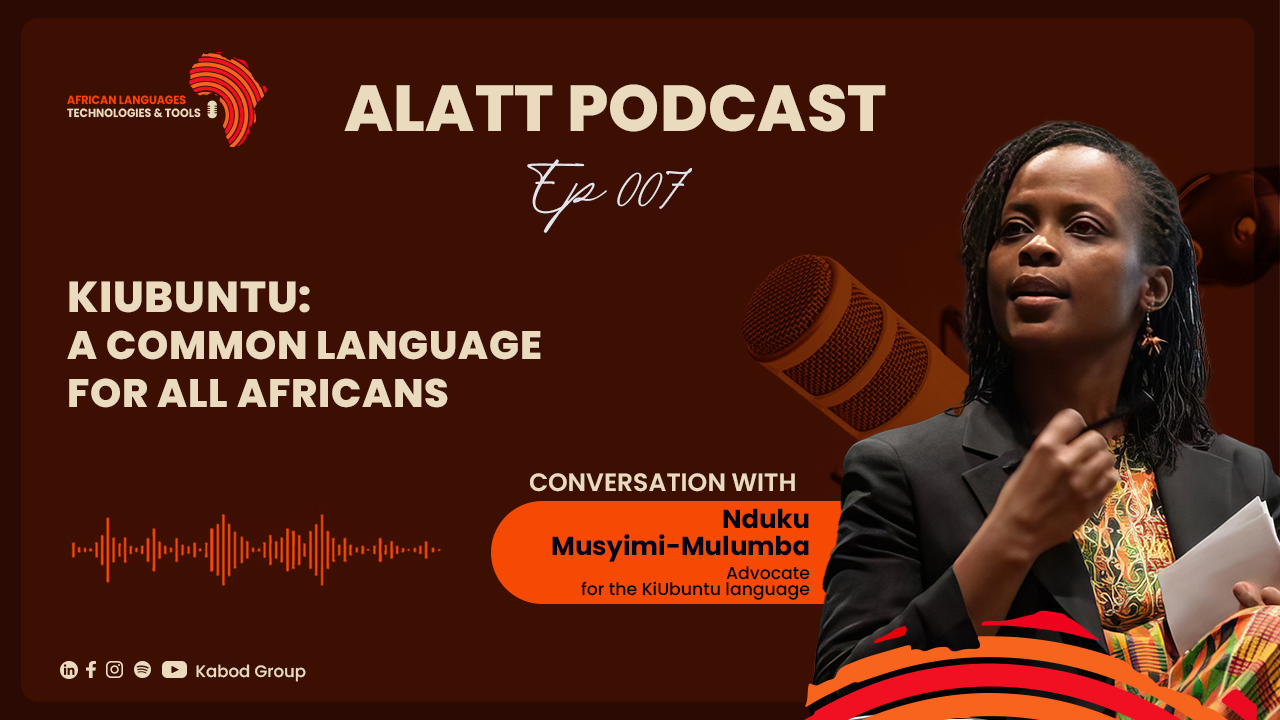
The world is evolving at a very rapid rate. Globalization has affected the way people behave, work and connect in new and exciting ways. Different sectors are reacting differently in order to meet up with the changing demands. The education sector is not left out in this struggle.
It is widely accepted that students with access to a 21st-century education are more likely to succeed in their future jobs, achieve better salaries, and, thus, contribute to their region’s development. When they face obstacles in getting a quality education, their futures are compromised.
According to the Institute of the Future (IFTF), 85% of the jobs that will exist in 2030 haven’t been created yet. At the same time, many of today’s jobs will become automated by technology and even artificial intelligence. If we are talking about automation, then the big question is, “Are we preparing students properly for the automated future?”
In this light, Critical Links organized a webinar on the theme, “Best Practices on Implementing ICT in Education” to better prepare today’s students for tomorrow’s world. This webinar which took place via zoom on Tuesday, 19th April 2022 brought together over 80 participants. The presenter Paulo Costa, an EdTech specialist, started by interrogating the level of preparedness of today’s students for tomorrow’s world. In his opinion, they were not prepared, and he outlined the following as some of the reasons why he considered them unprepared:
- Teacher-centric approach: There are limited innovations in this teaching method where the teacher is the primary speaker. The student-centred approach is more efficient as it presents teachers more than coaches and facilitators and encourages total student engagement.
- Curriculum: Today’s curriculum is based more on the past and does not focus on solving future problems. This is hard to change and therefore impacts the ways students learn.
- Skills: Our educational system is so repetitive. The same ideas are consistently being taught every year to a different set of students. Are memorization and repetition the right skills required? Do we prefer passive students who just listen or proactive students who are curious and can present an argument when they disagree on something?
- Tools and Methodology: Most systems still make use of the traditional chalk and board as tools for teaching. Learning requires new sets of tools to teach new sets of skills.

There is therefore a need to change the way students are being educated. How can this be done?
- Technology: This is the main driver of change and affects the way we interact and work across boundaries. Leveraging technology will go a long way to provide the necessary resources required for students to gain the relevant skills needed for future jobs.
- Transversal knowledge: Students must be made to understand that knowledge acquired from one subject can be applied to solve problems in another subject. They must see learning in a holistic way and this must be done at the early stages of education because as they grow older, the systems become more complicated.
- Creative thinking: There is a dire need to equip students with a mindset that allows them to tackle problems with a creative mindset. Encourage them to be innovative in problem-solving and not stick to searching for particular solutions, but for a variety of solutions.
- Collaborative skills: Collaboration amongst students does not just mean division of tasks but involves the ability to discuss the tasks involved, what skills are required to carry out the tasks, understand each other’s views, agree, finalise the task and share the knowledge with each other. More complex issues require more collaboration.
Despite the need to push ICT in education, the process is not void of challenges. These include:
- Digital Divide: In underdeveloped countries, some areas barely have access to electricity, and talk less of the internet. There is therefore a huge disparity, and this also determines the kind of opportunities students are exposed to. The COVID-19 pandemic largely exposed this aspect.
- Teacher skills: Teachers who have not received training in ICT cannot be expected to train students on the use of ICT tools. You cannot give what you don’t have.
- Infrastructure: The lack of infrastructure to integrate ICT tools poses a great challenge to education.
- Deployment and maintenance: Even in situations where the tools are available, maintaining them is sometimes a challenge when there are no maintenance experts present.

Some of the best practices needed to solve these challenges are:
- Having a vision and defining objectives;
- Assessing the current situation;
- Proper planning;
- Purchase and Deployment;
- Operation and Maintenance
During the question-and-answer session, participants were interested in knowing how ICT could be fostered in areas with limited or no access to the internet. The presenter introduced the C3 micro cloud (C3 classroom, C3 hybrid, C3 school) which is a completely self-contained and cloud-enabled e-Learning environment that allows students access to cloud-based learning management systems, curriculum, content, and resources – even if the school has no connectivity or power.

In his concluding remarks, he emphasized the fact that technology on its own is not a solution, but just a critical piece of the bigger puzzle.
Interested in getting more information on how the C3 micro cloud works, contact us via email at info@kabodgroup.com.






